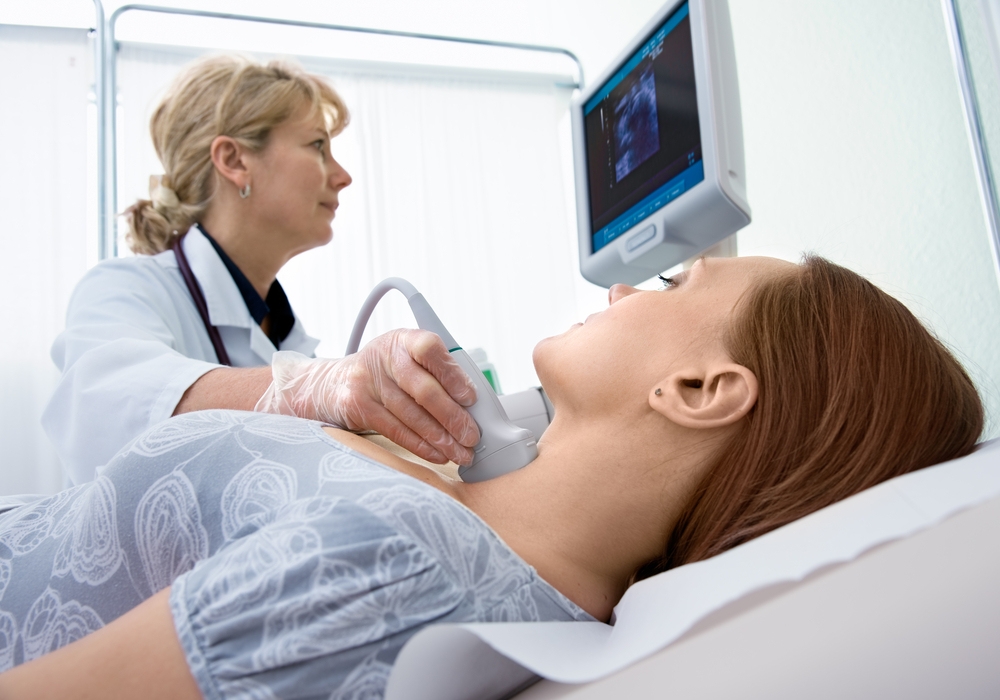
Dear pregnant mothers, do you know your thyroid function?
After the general community hospital has built the [small card], it will draw blood to check the thyroid function once. You may as well open your < < Maternal Health Manual > > to see if you can find the [thyroid function] examination form.
What are the items of thyroid function examination?
A complete thyroid function examination form generally includes the following items:
-
Thyroid stimulating hormone (TSH)
-
Total thyroxine (TT4)
-
Free thyroxine (FT4)
-
Total triiodothyronine (TT3)
-
Free triiodothyronine (FT3)
-
Thyroid peroxidase antibody (TPOAb)
-
Thyroglobulin antibody (TGAb)
Each inspection index is followed by a [normal reference range].
Due to factors such as equipment, reagents and technology, the items examined in different hospitals may be different. However, several indicators are more important to pregnant women.
Compared with the normal range, if the pregnant mother’s TSH increases and FT4 decreases, it indicates the possibility of [clinical hypothyroidism]; If only TSH is elevated, it indicates the possibility of [subclinical hypothyroidism].
For pregnant women with [subclinical hypothyroidism], TPOAb determines whether treatment is needed or not.
Indicators are normal, or hypothyroidism?
Some pregnant mothers will ask: “Why are all my indicators within the normal reference range, and the doctor also said that there is something wrong with my thyroid function?” ]
In fact, this so-called [normal reference range] is mainly set for the general population, and there is another set of reference ranges for pregnant women.
Among them, the most important is the reference value of TSH.
TSH is very sensitive. If thyroid function is abnormal, it is first manifested on TSH.
Although the reference range of pregnant women is not specifically marked on the checklist, various authoritative guidelines at home and abroad have already given the answer to this question.
The reference range of TSH for pregnant women given by the American Thyroid Association (ATA) guidelines is:
- Early pregnancy: 0.1 ~ 2.5 mIU/L in the second trimester: 0.2 ~ 3.0 mIU/L in the third trimester: 0.3 ~ 3.0 mIU/L
This is the source of [2.5], which doctors often say.
[Exceeding] Pregnant mothers should be very familiar with this figure, because if TSH exceeds 2.5 in the first trimester of pregnancy, doctors will suggest using drugs to reduce TSH below 2.5.
Why do some doctors say [no treatment]?
However, some pregnant mothers will find that their TSH results are clearly above 2.5, but doctors say [it doesn’t matter] [don’t take medicine] [look again].
Why is this?
In fact, TSH varies greatly among pregnant women of different races, countries and regions, while 2.5 is only the American standard. In theory, each country and region should establish its own standard.
Taking China as an example, the normal maximum value of TSH in the first trimester of pregnancy studied and established by various medical institutions is generally higher than 2.5. In other words, Chinese genes determine that TSH of Chinese pregnant women is greater than 2.5, which does not necessarily represent hypothyroidism.
Therefore, the Chinese Medical Association, an authoritative medical institution in our country, did not explicitly take 2.5 as a demarcation point, but used the following sentences to define hypothyroidism during pregnancy:
-
TSH is higher than the upper limit of the specific reference range for pregnancy, and FT4 is lower than the lower limit of the reference range for pregnancy, which is diagnosed as [clinical hypothyroidism];
-
If only TSH increases and FT4 decreases, it is diagnosed as [subclinical hypothyroidism];
-
If TSH is greater than 10, whether FT4 is reduced or not, it will be treated as [clinical hypothyroidism].
The [specific reference range for pregnancy] here refers to the reference range established by various regions in China.
Whether to cure or not, please listen to the doctor’s advice.
As hypothyroidism may cause abortion and premature delivery and affect the neurointellectual development of the fetus, once diagnosed, it should be treated in time.
The guidelines of the Chinese Medical Association point out:
- Clinical hypothyroidism and TPOAb positive subclinical hypothyroidism need to be supplemented with [levothyroxine]; Whether TPOAb negative subclinical hypothyroidism requires [levothyroxine] supplement has not been determined.
So, expectant mothers, are you hypothyroidism? Do I need to supplement levothyroxine? You need to make an appropriate judgment by referring to the TSH reference range set by your region.
However, some regions that have not yet established their own reference range may still adopt the standards of ATA guidelines in the United States.
For specific circumstances, it is better to consult the local obstetrics and gynecology department or endocrinologist.
